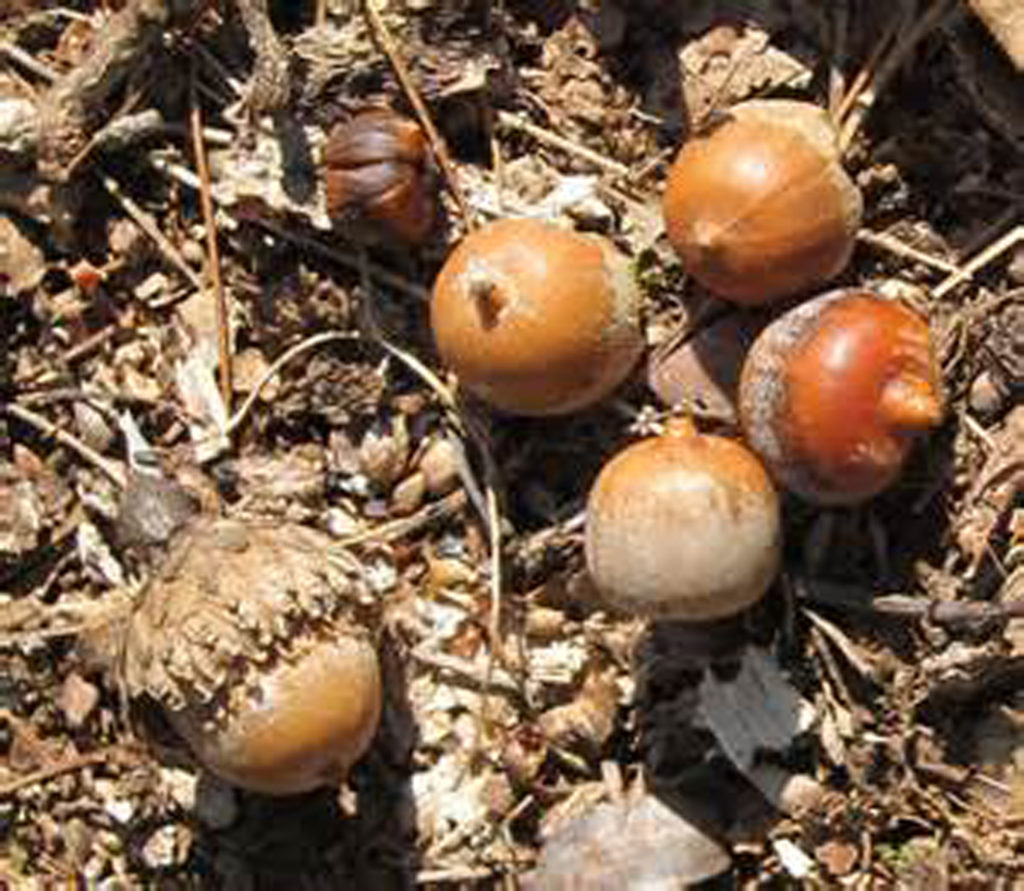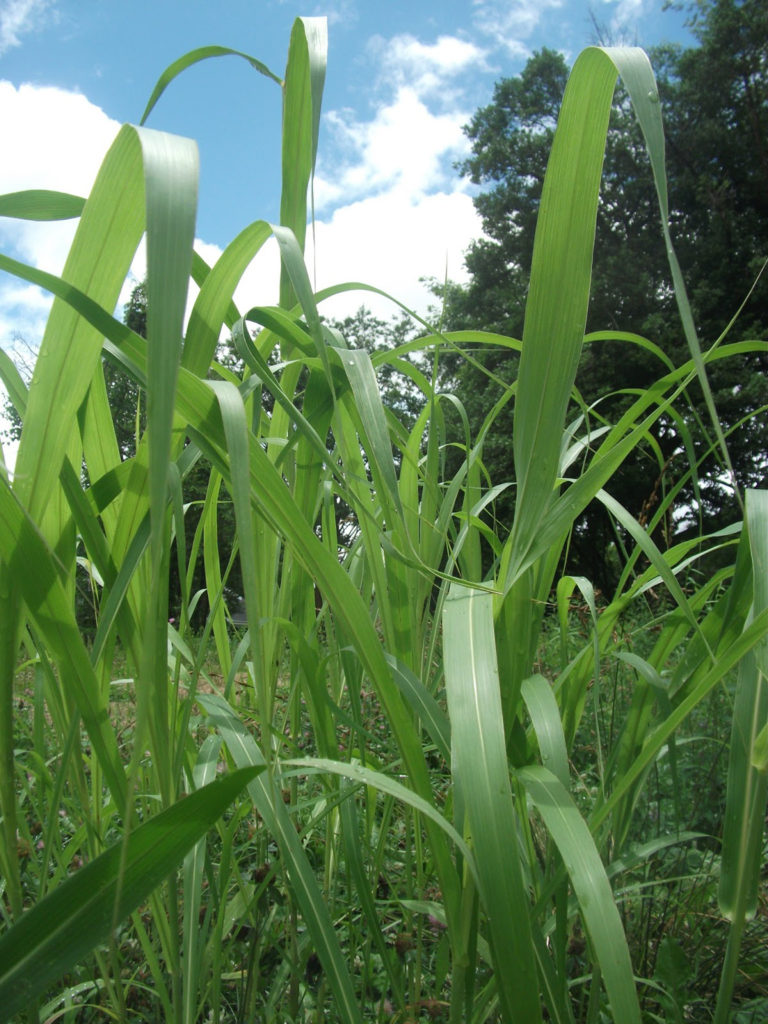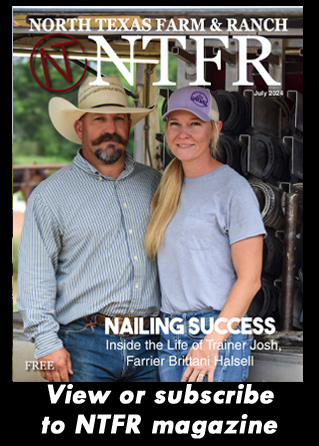Farm & Ranch
Plants Toxic to Livestock
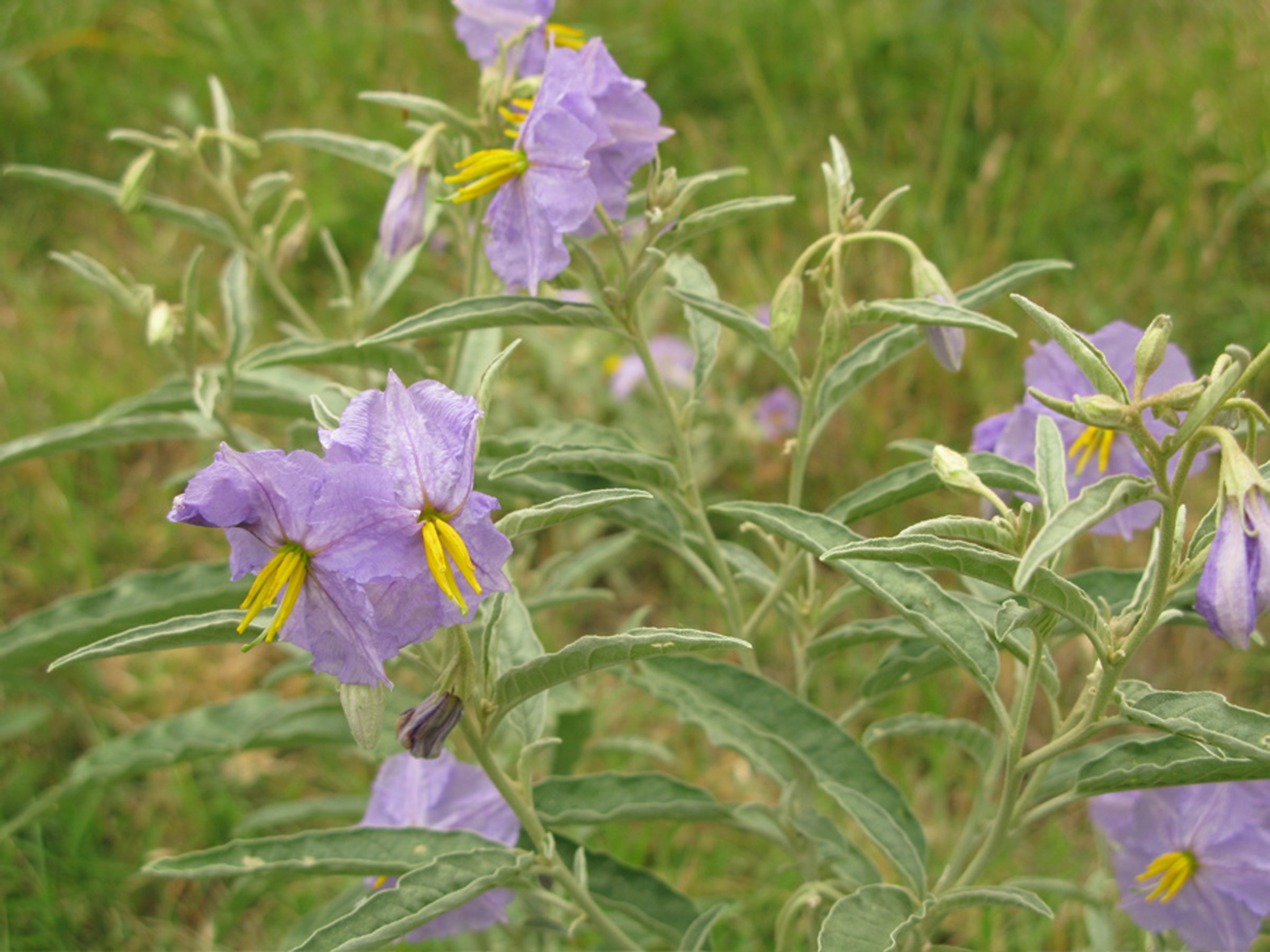
By Jessica Crabtree and Dr. Jered Harlan, DVM
More than 100 species of toxic plants populate the pastures of Texas. These plants pose the number one threat to producers: death of livestock. Besides direct loss, the unfortunate presence offers an indirect loss in reduced conception rates, reduced weaning weights and overall reduced production. Warning signs can prevail in the form of animals off feed, losing weight and/or appearing unhealthy— poisonous plants may be the cause.
There may be some difficulty at diagnosis. Some toxic plants symptoms are easily indentified, while others go undetected other than death. Some can cause death within minutes while others take months. As a producer, the first step at the presentation of a dead cow is deciphering the cause, disease or toxic plant.
Toxic plants should be considered in situations of cattle loss if the forage supply in a pasture is sparse due to overgrazing, drought or poor season growth, if animals have been recently moved to a new location, if animals were released to the new pasture hungry, if herbicides have been used recently as a method of weed control, if the pasture has recently been fertilized with nitrogen or if a new forage source has been fed.
To read more pick up a copy of the December 2016 NTFR issue. To subscribe call 940-872-5922 today!
Farm & Ranch
Ag Elsewhere: Wyoming
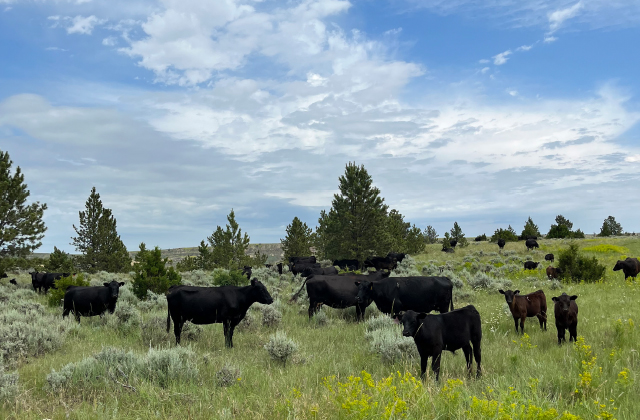
By Tressa Lawrence
Ranchers across northeast Wyoming and the surrounding areas saw record moisture levels in 2023. The year 2024 has seen significantly less moisture to date.
Farm & Ranch
Ag Elsewhere: Montana
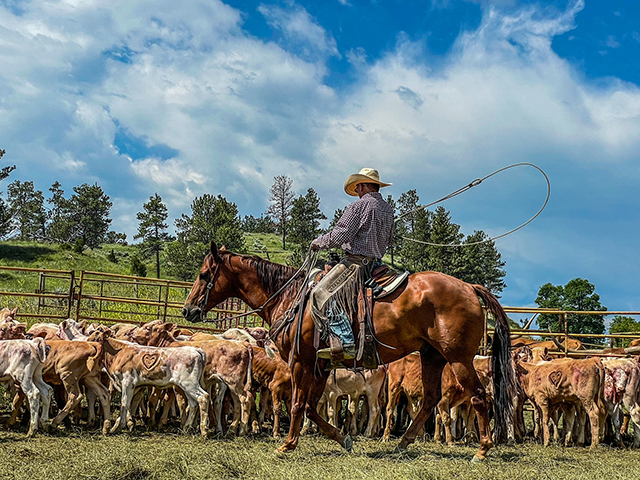
By Lindsey Monk
People are finishing up brandings. Here, Danny Walter is shown getting it done.
Farm & Ranch
Animal Disease Traceability

By Barry Whitworth, DVM
On July 6, 2020, the United States Department of Agriculture Animal and Plant Health Inspection Service (APHIS) posted in the Federal Register a proposal that radio frequency identification tags be used as official identification for cattle and bison. Following a period for public comment, the USDA APHIS released a statement on April 24, 2024, with the amended animal disease traceability (ADT) regulation for cattle and bison. The full press release may be found at https://www.aphis.usda.gov/news/agency-announcements/aphis-bolsters-animal-disease-traceability-united-states. Under the new rule, cattle and bison will need to be identified with tags that are both visual and electronic.
The USDA defines ADT as knowing where diseased and at-risk animals are, where they have been, and when the animal disease event took place. A system that allows for efficient traceability of livestock in the United States is essential for animal health and reducing the economic effect of a foreign animal disease outbreak and other diseases on livestock producers as well as others whose well-being depends on livestock production.
To read more, pick up a copy of the July issue of NTFR magazine. To subscribe by mail, call 940-872-5922.
-

 Country Lifestyles1 year ago
Country Lifestyles1 year agoScott & Stacey Schumacher: A Growth Mindset
-

 Country Lifestyles7 years ago
Country Lifestyles7 years agoStyle Your Profile – What your style cowboy hat says about you and new trends in 2017
-

 Equine10 months ago
Equine10 months agoThe Will to Win
-

 HOME7 years ago
HOME7 years agoGrazing North Texas – Wilman Lovegrass
-

 Country Lifestyles4 years ago
Country Lifestyles4 years agoAmber Crawford, Breakaway Roper
-

 Outdoor9 years ago
Outdoor9 years agoButtercup or Primrose?
-

 Country Lifestyles8 years ago
Country Lifestyles8 years agoDecember 2016 Profile, Rusty Riddle – The Riddle Way
-

 Country Lifestyles8 years ago
Country Lifestyles8 years agoJune 2016 Profile – The man behind the mic: Bob Tallman

